Many landowners end up with only a small percentage of their timber’s total value because they have yet to learn the five things every landowner should know about their timber assessments. The first step you should take when deciding to sell or learn more about your timber is to contact a professional forester, as you can find at Tall Pines. Trained foresters will be able to take into account your goals for your land and assist you in achieving them. If you need a timber assessment, this guide will explain the five basic steps to make you feel more educated and comfortable when learning about or selling your timber.
1. Assessing the Value of Your Timber
To effectively determine the value of your timber, it’s crucial to seek the guidance of a professional forester. By partnering with a forester from Tall Pines, you can ensure that your timber is managed for ecological sustainability and financial success.
Trees that are selected by a Forester are usually referred to as “stumpage.” Now, the amount of money you would receive from harvesting these trees is referred to as the “stumpage value.” A landowner with timber to sell must consider a few factors when determining their stumpage value. Here is a list of some of the criteria of the log itself:
- Diameter
- Length
- Quality
- Species
Once this evaluation is complete, the buyer would then deduct the cost of the following operations:
- Cutting the tree
- Relocating or moving the tree
- Sawing the tree into logs
- Loading the logs for transportation
- The transportation itself
- Erosion control practices for the disturbed land
2. Improving Forest Management Decisions
One of the best ways to make sure that, as a landowner, you are making informed decisions about your land is by using timber assessment data. At Tall Pines, we can collect this data and put it into a variety of digestible formats, using systems like GIS to analyze data efficiently. Outside of meeting with a forester, this information can be found on the US Forest Service website.
Setting priorities for your timber harvest and tracking the progress towards your land objectives is one of the many benefits of working with Tall Pines forestry services.
3. Timber Assessments for Tax Purposes
Property taxes are put in place to measure the value of the land. Maine law states that a property assessment must take place and that a landowner must have a forest management and harvest plan updated every ten years by a professional forester if you’re in the Tree Growth Tax Program. According to the National Timber Tax website, four different types of property taxes can be associated with your land. These taxes are as follows:
- Ad valorem property tax – the value of the land and the trees form the basis for the collected taxes.
- Flat property tax – on any acre of timberland, and regardless of its value, the same amount of money per acre is collected.
- Yield tax – a tax based on the value of the timber that is collected after the harvest.
- Severance tax – a flat tax that is on a specific unit of volume that is harvested.
4. Understanding Your Woodlot’s Health and Composition
You may ask, “How can Tall Pines Forest Management help me to understand my woodlot better?” The answer is to start by contacting one of our knowledgeable foresters, who can assess your needs and guide you through evaluating your personalized forest management plan. Many factors can affect the quality and health of your timber.
For example, one of the most common defects in timber/logs can be knots caused by branches. Damage can be caused by lightning, frost, fire, decay, or even embedded metals left from fences or other objects attached to the trees. We’ve even seen old wire fencing get incorporated into trees over time! Chemical reactions can take place between the metal and the sap of the trees, causing permanent stains. All of these assessments for the woodlots’ health and composition can be done by a hired professional forester.
5. Setting and Achieving Woodlot Objectives
Working with Tall Pines Forest Management allows you to establish a timeline and plan for treatments to achieve a healthier and more valuable property. Knowing your objectives as a landowner and as a forestry management service is important. There are two types of foresters: private and public. When looking to achieve your timber goals, choosing the right resource is important.
- Private consulting foresters – responsive service for a fee that creates a personalized management plan for your land to gain the best value
- Public foresters – those who work for either the state or a federal agency. In Maine and New Hampshire, they can’t help develop your forestry management plan and will instead refer you to a private forester.
Working With Tall Pines Forest Management
In summary, we hope you feel that these five things every landowner should know were helpful to you. Please don’t hesitate to reach out to learn more about how we can help you achieve your timberland goals. If you are considering a timber assessment of your own, visit the Tall Pines woodlot assessment page for more specific information.


0 Comments